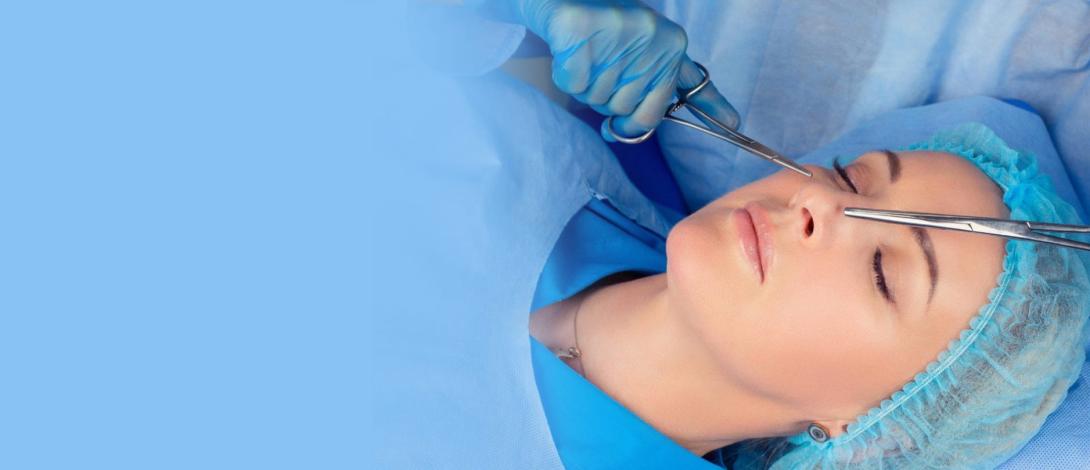
Recovering from rhinoplasty surgery in Riyadh involves a similar process to anywhere else, but the region's unique climate and lifestyle factors can influence the experience. Understanding the typical recovery timeline, potential challenges, and how to navigate them is crucial for a smooth healing journey.
The Initial Post-Operative Days (First Week):
This period is marked by the most significant discomfort and visible changes. Expect:
- Swelling and Bruising: Significant swelling around the nose and eyes is normal. Bruising can also extend to the cheeks. Cold compresses, as prescribed, will help minimize these effects.
- Nasal Congestion: Nasal passages will be congested due to swelling and internal splints. Breathing through the mouth is common.
- Discomfort and Pain: Pain medication will be prescribed to manage discomfort. Avoid aspirin and ibuprofen, as they can increase bleeding.
- Nasal Splint and Dressings: A splint will support the new nasal shape, and dressings may be placed to absorb drainage.
- Rest and Limited Activity: Rest is paramount. Avoid strenuous activity, bending over, and lifting heavy objects.
- Follow-up Appointment: A crucial appointment to remove the splint and dressings, and assess initial healing.
The Subsequent Weeks (Weeks 2-6):
Swelling and bruising gradually subside, and you'll notice a gradual improvement in breathing and appearance.
- Decreasing Swelling and Bruising: Swelling and bruising will continue to diminish, although some residual swelling may persist for months.
- Improved Breathing: Nasal congestion will lessen, allowing for easier breathing.
- Gradual Return to Normal Activities: Light activities can be resumed, but avoid contact sports and strenuous exercise for at least six weeks.
- Sun Protection: Protect the nose from sun exposure to prevent hyperpigmentation. Use a high SPF sunscreen.
- Follow-up Appointments: Regular check-ups are essential to monitor healing and address any concerns.
Long-Term Recovery (Months to a Year):
Complete healing can take up to a year or longer.
- Subtle Changes: Minor changes in the nose's shape may occur as residual swelling resolves.
- Scarring: Incision scars will gradually fade.
- Final Results: The final results of rhinoplasty may not be fully visible for up to a year.
- Continued communication with your surgeon: If any abnormalities occur, contact the surgeon.
Riyadh-Specific Considerations:
- Arid Climate: The dry climate can cause nasal dryness and discomfort. Use saline nasal sprays or humidifiers as recommended.
- Sun Exposure: The intense sun requires diligent sun protection to prevent hyperpigmentation and scarring.
- Dust and Sandstorms: Riyadh experiences dust and sandstorms, which can irritate the nasal passages. Avoid outdoor activities during these events.
- Heat: The high temperatures can increase swelling. Try and maintain a cool environment during the healing process.
- Cultural considerations: Surgeons in Riyadh are often aware of cultural sensitivities related to post-operative care, and can help patients navigate any related concerns.
Tips for a Smooth Recovery:
- Follow Post-Operative Instructions: Adhere to your surgeon's instructions regarding medication, wound care, and activity restrictions.
- Maintain Good Hygiene: Keep incision sites clean and dry to prevent infection.
- Eat a Healthy Diet: A balanced diet promotes healing.
- Stay Hydrated: Drink plenty of water to aid healing.
- Avoid Smoking and Alcohol: These substances can impede healing.
- Be Patient: Healing takes time.
- Communicate with Your Surgeon: Don't hesitate to contact your surgeon with any questions or concerns.
By understanding the recovery process and considering the unique aspects of Riyadh, you can optimize your healing and achieve a successful outcome.

